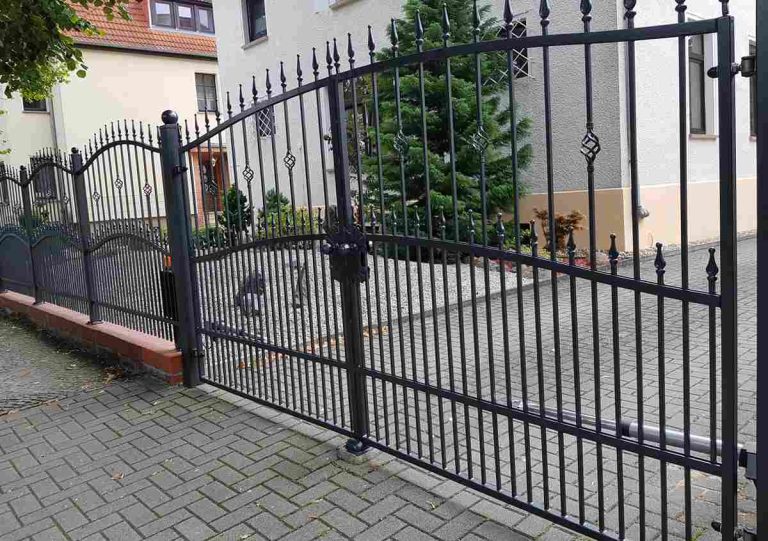Building materials are at an all-time high. Material prices increased 19.4% over the last 12 months.
While the price of certain products are starting to cool down, commercial builders and DIYers alike are looking for any way to cut cost. One place you may be stuck is whether to use stamped concrete vs pavers.
Read along in this quick guide to learn which material is best for your project.
Stamped Concrete vs Pavers
Driveways and patios are usually made out of either poured concrete or interlockings pavers.
Concrete is composed of three basic ingredients:
- water
- aggregates like rock, sand, or gravel
- cement
When it is mixed together and poured, this combination hardens into the durable material that we know as concrete. Concrete can either be poured as a large, flat slab or it can be stamped and stylized.
Pavers are pre-cut stones that are typically made out of:
- natural stone
- clay brick
- concrete
As opposed to a single piece like concrete, pavers use multiple pieces to establish a pattern or design. Often times a filler, like sand or mortar, is used to fill in the cracks between the individual stones.
Pros and Cons of Pavers
Builders have used paving stones for centuries, and for good reason. Pavers are flexible, durable, and diverse.
In areas of extreme weather–think hot summers and frozen winters–the ground expands and contracts. Pavers offer a degree of flexibility because the individual pieces can shift around without cracking.
Pavers present a unique opportunity to mix and match shapes, colors, and types of stone to create dynamic designs.
Although pavers have many benefits, they do have some drawbacks. These include:
- greater upfront cost compared to concrete
- long term maintenance of topping off the sand filler
- penetration by weeds
Pros and Cons of Stamped Concrete
A slab of concrete is a blank canvas when you consider the wide array of design possibilities. Builders can use a variety of textured stamps, colored mix-ins, and stencils to create one-of-a-kind art that doubles as a patio or driveway.
The surface of concrete, when still wet, can be stamped with a variety of textures. It can replicate brick, slate, flagstone, cobblestone, and wood. The concrete easily takes to color mix-ins or shake on powders.
While it is typically cheaper upfront than pavers, it has some cons. These include:
- cracking in extreme weather
- the need to reseal every year
- higher cost when considering an intricate design
The Right Material for the Job
After reading this article, you can see that there are pros and cons to both stamped concrete vs pavers. Understanding these things, you can go forward and pick the best material for your job.
Whether you are a professional builder or a DIYer, there is a paver or stamped concrete that will be the perfect finish for your project.
If you learned something from this article, check out our other posts and learn some more!
Read more: Ultimate List of Pros And Cons In Affiliate Marketing 2021

